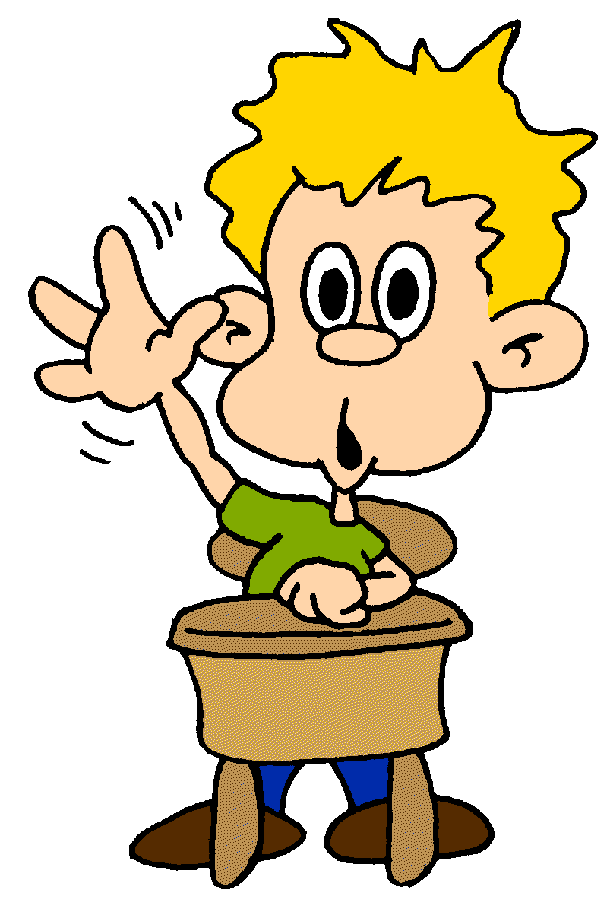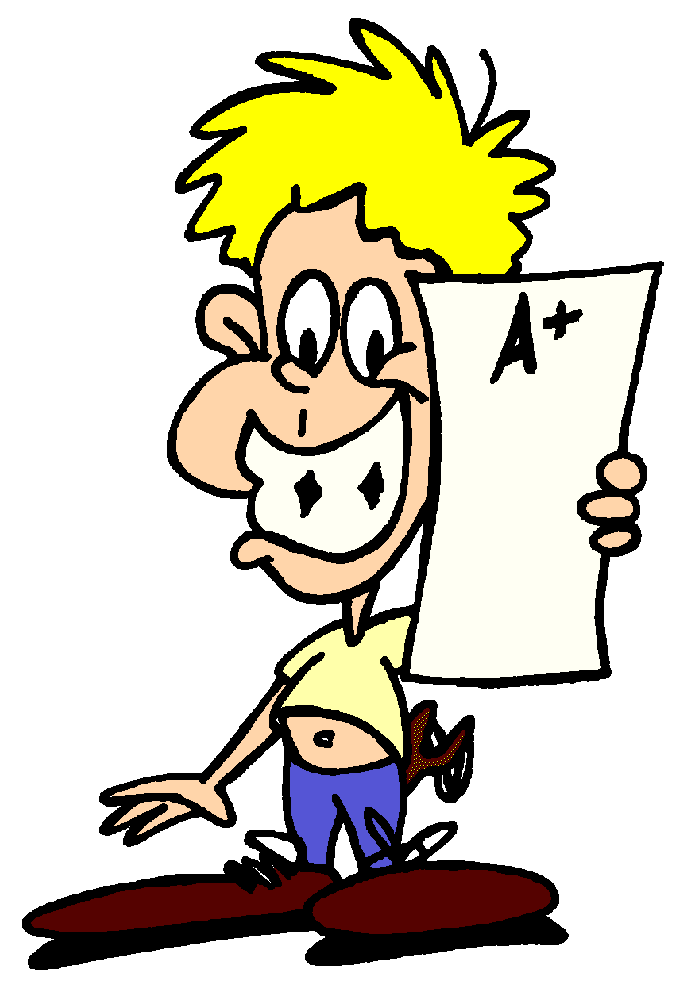THE PRESSURES BRIGHT CHILDREN FEEL AND WHY THEY MAY UNDERACHIEVE
Why do half of gifted children underachieve? Why are between 10 and 20 percent of high school dropouts in the very superior range of tested ability? Why do 40 percent of the top 5 percent of our high school graduates not graduate from college? What do case studies involving anxiety, suicide, and eating disorders tell us about gifted children's feelings and the pressures they feel?
THE MAIN PRESSURES
Keys to understanding children's pressures frequently come from bright adolescents who are struggling to understand their feelings. Behavioral observations by parents and teachers provide further insights into gifted children's emotional struggles.
Young adults, looking back on their own childhood, add insights that help us to understand the emotional issues that go with giftedness.
THE PRESSURE TO BE EXTRAORDINARY
 The intense feeling that one must be the smartest all the time shows itself in many ways. It is the child whose waving, enthusiastic hand indicates that he will willingly monopolize class discussion with his display of brilliance, or the child who puts others down as dumb or stupid in order to feel sufficiently intelligent. It is the youth who rushes through his work because "smart" has come to mean "quick and easy," and the one who cannot get started on her writing assignment because she cannot find a topic perfect enough to write about. It is the young person who argues endlessly with parents and teachers and appears to be completely blind to another's point of view.
The intense feeling that one must be the smartest all the time shows itself in many ways. It is the child whose waving, enthusiastic hand indicates that he will willingly monopolize class discussion with his display of brilliance, or the child who puts others down as dumb or stupid in order to feel sufficiently intelligent. It is the youth who rushes through his work because "smart" has come to mean "quick and easy," and the one who cannot get started on her writing assignment because she cannot find a topic perfect enough to write about. It is the young person who argues endlessly with parents and teachers and appears to be completely blind to another's point of view.
The wish to feel extremely intelligent is important in motivating children to learn, but when self-expectations feel impossibly high, children may invent and discover many activities to avoid learning for fear that they can't live up to those expectations. These exercises in avoidance temporarily protect them from feeling inadequate but result in many problem behaviors, adversely affect self-confidence, and may, indeed, lead to underachievement.
THE PRESSURE TO BE CREATIVE
 Every reader has experienced that sense of wanting to complete a project or activity in a unique or unusual way. That is, in miniature, the pressure that children feel to be different or to do something creative. Now multiply those feelings of pressure to be different by a thousand and you may have a sense of what some children feel when they get dressed in the morning, when they write a story or composition, or when they speak up in a class discussion. The inner pressure to be different is illustrated by statements such as these:I would like math if I could have 6 apples and
8 apples equal something different every time.I can't possibly hand my reports in on time. It always takes me longer to make them as unique as I want them to be.
Every reader has experienced that sense of wanting to complete a project or activity in a unique or unusual way. That is, in miniature, the pressure that children feel to be different or to do something creative. Now multiply those feelings of pressure to be different by a thousand and you may have a sense of what some children feel when they get dressed in the morning, when they write a story or composition, or when they speak up in a class discussion. The inner pressure to be different is illustrated by statements such as these:I would like math if I could have 6 apples and
8 apples equal something different every time.I can't possibly hand my reports in on time. It always takes me longer to make them as unique as I want them to be.
"Creative" for these children means being different and, most importantly, nonconforming. They see no area in school sufficiently unique for their infinitely personal expressions of being different. Yet their pressure also includes the sense that they must be the most different. It is truly much like a perfectionism of creativity.
THE PRESSURE TO BE POPULAR
Parents and teachers often equate being popular with being "well-adjusted," and they see that goal as more important than being intelligent. Elementary teachers call it "good peer relationships" and typically place it ahead of intellectual challenge. If bright children internalize these messages, they often do adjust well in elementary school and do not appear socially pressured. They learn to enjoy the comforts of social acceptance, and they play down their intelligence, even minimizing their use of extensive vocabulary.
 This facade of "good adjustment" brings forth a different pressure by preadolescence. By then, adjustment translates to popularity, and becoming peer-adjusted forces children into a value system that may differ significantly from what their parents and teachers earlier described as social adjustment. Depending on the peer environment, the popular message may involve positive activities, or it may mean alcohol, drugs, and sexual promiscuity. Popularity may also mean to not get as or be excited about learning. In some schools, African-American children who are too interested in learning may be chastised as "acting white," and Native Americans students may be called "apples" (red on the outside, white on the inside).
This facade of "good adjustment" brings forth a different pressure by preadolescence. By then, adjustment translates to popularity, and becoming peer-adjusted forces children into a value system that may differ significantly from what their parents and teachers earlier described as social adjustment. Depending on the peer environment, the popular message may involve positive activities, or it may mean alcohol, drugs, and sexual promiscuity. Popularity may also mean to not get as or be excited about learning. In some schools, African-American children who are too interested in learning may be chastised as "acting white," and Native Americans students may be called "apples" (red on the outside, white on the inside).

There is a fine line that divides pressure and motivation. Pressure takes place when children don't believe they can achieve expected outcomes. Motivation occurs when children have learned the process that leads to high, but realistic outcomes. Stated more simply, motivation means that children believe their hard work will achieve results. Rimm's Law #2, which summarizes the appropriate achievement relationship, follows:
 Intellectually gifted children who rarely have challenge in the early years of school may equate smart with easy. They don't see a connection between effort and outcome. The connection between effort and social outcomes doesn't exist for adolescents who are called "nerds," "dweebs," or "brainiacs" if they make effort, and whose peers put them down for that effort. It isn't surprising that children protect themselves in defensive ways by not completing assignments, blaming teachers for their problems, acting "cool," skipping classes, and generally underachieving. Gifted and creative children internalize pressures easily. These may cause school problems and mental health problems for them. Understanding these pressures is the first step to helping them use their capabilities.
Intellectually gifted children who rarely have challenge in the early years of school may equate smart with easy. They don't see a connection between effort and outcome. The connection between effort and social outcomes doesn't exist for adolescents who are called "nerds," "dweebs," or "brainiacs" if they make effort, and whose peers put them down for that effort. It isn't surprising that children protect themselves in defensive ways by not completing assignments, blaming teachers for their problems, acting "cool," skipping classes, and generally underachieving. Gifted and creative children internalize pressures easily. These may cause school problems and mental health problems for them. Understanding these pressures is the first step to helping them use their capabilities.
©2000
by Sylvia B. Rimm. All rights reserved. This publication, or
parts thereof, may not be reproduced in any form without written
permission of the author.



 Every reader has experienced that sense of wanting to complete a project or activity in a unique or unusual way. That is, in miniature, the pressure that children feel to be different or to do something creative. Now multiply those feelings of pressure to be different by a thousand and you may have a sense of what some children feel when they get dressed in the morning, when they write a story or composition, or when they speak up in a class discussion. The inner pressure to be different is illustrated by statements such as these:I would like math if I could have 6 apples and
8 apples equal something different every time.I can't possibly hand my reports in on time. It always takes me longer to make them as unique as I want them to be.
Every reader has experienced that sense of wanting to complete a project or activity in a unique or unusual way. That is, in miniature, the pressure that children feel to be different or to do something creative. Now multiply those feelings of pressure to be different by a thousand and you may have a sense of what some children feel when they get dressed in the morning, when they write a story or composition, or when they speak up in a class discussion. The inner pressure to be different is illustrated by statements such as these:I would like math if I could have 6 apples and
8 apples equal something different every time.I can't possibly hand my reports in on time. It always takes me longer to make them as unique as I want them to be. This facade of "good adjustment" brings forth a different pressure by preadolescence. By then, adjustment translates to popularity, and becoming peer-adjusted forces children into a value system that may differ significantly from what their parents and teachers earlier described as social adjustment. Depending on the peer environment, the popular message may involve positive activities, or it may mean alcohol, drugs, and sexual promiscuity. Popularity may also mean to not get as or be excited about learning. In some schools, African-American children who are too interested in learning may be chastised as "acting white," and Native Americans students may be called "apples" (red on the outside, white on the inside).
This facade of "good adjustment" brings forth a different pressure by preadolescence. By then, adjustment translates to popularity, and becoming peer-adjusted forces children into a value system that may differ significantly from what their parents and teachers earlier described as social adjustment. Depending on the peer environment, the popular message may involve positive activities, or it may mean alcohol, drugs, and sexual promiscuity. Popularity may also mean to not get as or be excited about learning. In some schools, African-American children who are too interested in learning may be chastised as "acting white," and Native Americans students may be called "apples" (red on the outside, white on the inside). Intellectually gifted children who rarely have challenge in the early years of school may equate smart with easy. They don't see a connection between effort and outcome. The connection between effort and social outcomes doesn't exist for adolescents who are called "nerds," "dweebs," or "brainiacs" if they make effort, and whose peers put them down for that effort. It isn't surprising that children protect themselves in defensive ways by not completing assignments, blaming teachers for their problems, acting "cool," skipping classes, and generally underachieving. Gifted and creative children internalize pressures easily. These may cause school problems and mental health problems for them. Understanding these pressures is the first step to helping them use their capabilities.
Intellectually gifted children who rarely have challenge in the early years of school may equate smart with easy. They don't see a connection between effort and outcome. The connection between effort and social outcomes doesn't exist for adolescents who are called "nerds," "dweebs," or "brainiacs" if they make effort, and whose peers put them down for that effort. It isn't surprising that children protect themselves in defensive ways by not completing assignments, blaming teachers for their problems, acting "cool," skipping classes, and generally underachieving. Gifted and creative children internalize pressures easily. These may cause school problems and mental health problems for them. Understanding these pressures is the first step to helping them use their capabilities.